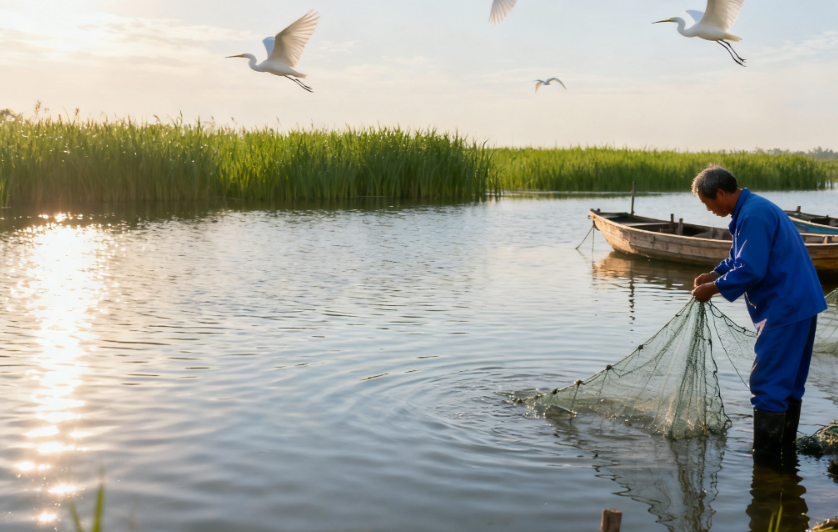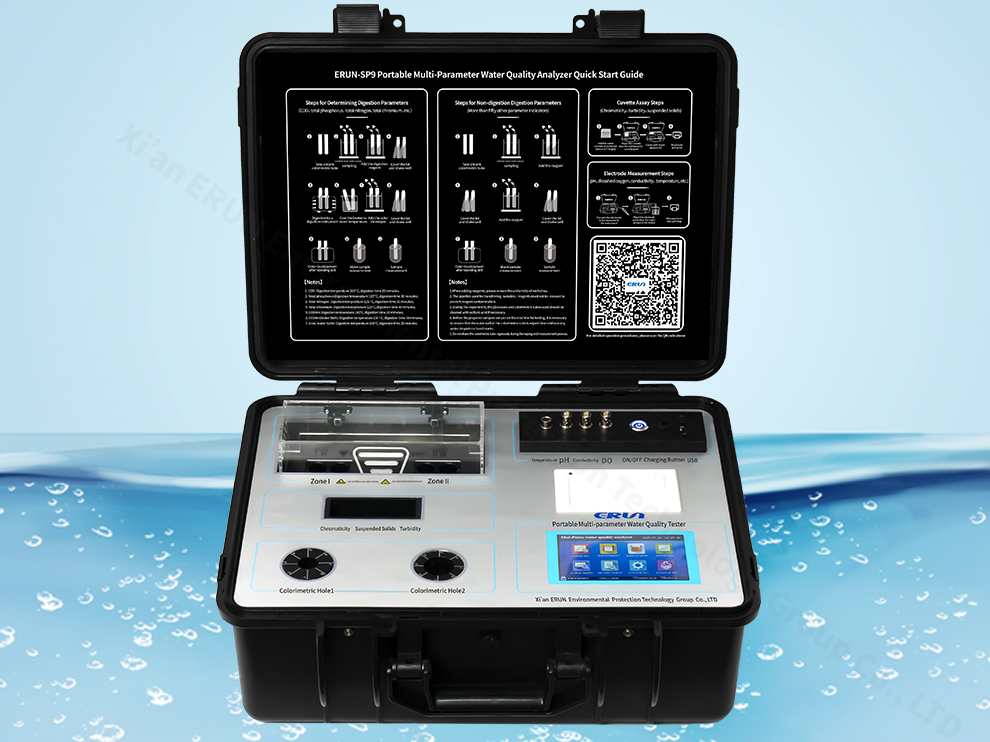Maintaining strong growth rates is one of the biggest priorities in aquaculture, yet many farmers still underestimate how deeply water quality shapes fish health, feed conversion, and survival. From dissolved oxygen to ammonia levels, each parameter plays a direct role in metabolism, immunity, and overall performance. When water conditions drop, fish growth slows—and production costs rise.
This article explains how water quality affects fish growth, which parameters matter most, and how modern tools like the ERUN-SP9 multi-parameter water quality detector make monitoring easier, faster, and more accurate.
Fish live entirely in water, relying on it for oxygen exchange, waste removal, osmoregulation, and feeding. Even slight changes in water chemistry can influence:
Appetite and feeding behavior
Metabolic rate
Stress response
Immune function
Disease resistance
Growth efficiency
Good water quality is not just ideal—it is essential. Healthy fish grow faster, convert feed more efficiently, and have significantly lower mortality.
Dissolved oxygen (DO) directly affects energy production. Low DO levels lead to:
Reduced appetite
Slow digestion
Poor feed conversion ratio (FCR)
Increased susceptibility to disease
Optimal DO levels differ by species but generally stay above 5–6 mg/L.
As fish metabolize feed, they release ammonia—a toxic compound even in small concentrations.
Unionized ammonia (NH3) damages gills and reduces growth.
Nitrite (NO2-) binds with hemoglobin, blocking oxygen transport.
Poor ammonia management is one of the main causes of stunted growth in ponds and RAS systems.
Sudden pH changes cause severe stress, reducing feeding activity and growth rate.
A stable pH—usually between 6.5 and 8.5—is critical for enzyme function and respiration.
Temperature dictates metabolic rate and therefore affects:
Growth speed
Appetite
Dissolved oxygen demand
Too low → slow growth
Too high → stress and oxygen depletion
High turbidity reduces light penetration, affects feeding behavior, and can irritate gills.
These parameters are essential for osmoregulation and are particularly important for:
Marine species
Brackish water aquaculture
Hatcheries and larval rearing
Any imbalance requires fish to spend energy adjusting—energy that could otherwise be used for growth.

When water quality declines, fish become stressed. Stress reduces immune performance and shifts energy away from growth toward survival. Common consequences include:
Reduced feed intake
Uneaten feed increases ammonia levels
Increased disease outbreaks
Higher mortality
Longer grow-out cycles
In commercial aquaculture, this means higher costs and lower productivity.
Daily or real-time monitoring allows farmers to:
Detect early signs of water quality deterioration
Adjust aeration, feeding, or water exchange
Maintain stable conditions
Prevent mass mortality events
Without reliable data, even experienced farmers make decisions blindly—leading to lower yields and unpredictable growth performance.
Modern aquaculture requires accurate, fast, and multi-parameter monitoring. The ERUN-SP9 is specifically designed to meet these demands.
With advanced 16-channel optical technology, ERUN-SP9 can test:
Ammonia
Nitrite
Nitrate
Total phosphorus
COD
Turbidity
Residual chlorine
...
This makes it a complete monitoring solution for ponds, RAS, hatcheries, and coastal farms.

Different species require different ranges. ERUN-SP9 allows farmers to combine testing items based on actual farming needs freely.
This flexibility makes it ideal for:
Tilapia
Catfish
Shrimp
Carp
Salmon
Marine aquaculture
The effect of water quality on fish growth is undeniable. Healthy, stable water conditions lead to strong growth, efficient feeding, and resilient fish. Poor conditions lead to stress, slow growth, and losses.
The ERUN-SP9 multi-parameter water quality detector enables aquaculture farmers to monitor critical parameters accurately and efficiently, ensuring optimal conditions every day. With its multi-channel optical system, electrode-based measurements, and customizable parameter sets, it provides a reliable, comprehensive solution for modern aquaculture.
Maintaining excellent water quality is not a choice—it is the foundation of successful fish farming. The ERUN makes that goal easier to achieve.